Tactical rocket "Point"
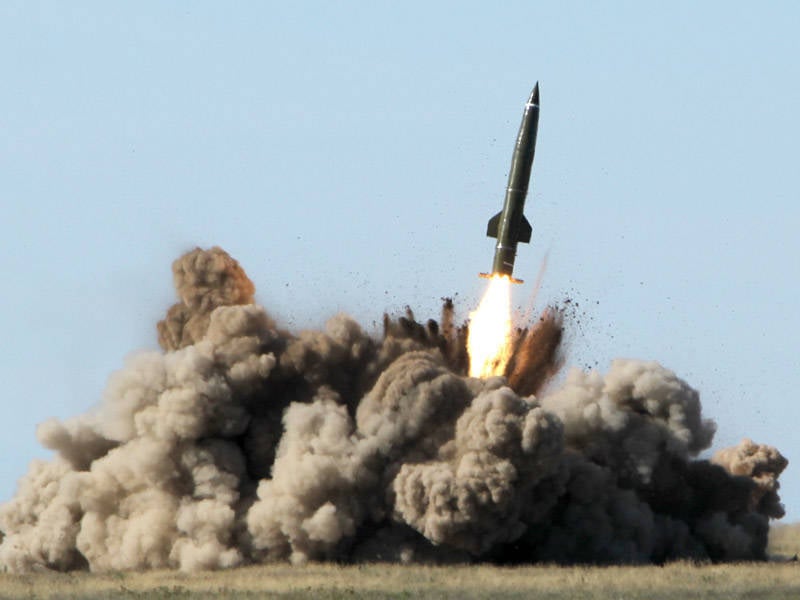
The development of two new missile systems began in the ICB "Torch". The ground-to-ground missile was taken from the ship-based M-611 “Storm” anti-aircraft missile B-11. The first appeared project "Hawk". It was supposed to use electronic missile guidance system. In this case, the ballistic ammunition would fly on the active trajectory in accordance with the commands sent from the ground. A little later, in 1965, a project called "Tochka" was created on the basis of "Hawk". From the previous missile complex "point" distinguished guidance system. Instead of the relatively difficult in the production and operation of the radio command, they proposed to use inertial, as on several previous domestic tactical missile systems.
Both projects of the ICB "Torch" remained at the stage of development and testing of individual units. Approximately in 1966, all the project documentation was transferred to the Kolomna Engineering Design Bureau, where work continued under the guidance of S.P. Invincible. Already in the early stages of development, it became clear that the most convenient and promising option for a tactical missile system would be “Tochka” with a missile equipped with an inertial guidance system. It was this project that was further developed, although in the future it was almost completely reworked.
Active work on the project began in 1968 year, in accordance with the decision of the Council of Ministers of the USSR from 4 March. About 120 enterprises and organizations were involved in the new project, since it was necessary to create not only a rocket, but also a wheeled chassis, a launcher, an electronic equipment complex, etc. The main developers and manufacturers of the Tochka complex were the Central Research Institute of Automation and Hydraulics, which created the rocket control system, the Volgograd Barricades plant, which made the launcher, and the Bryansk Automobile Plant, on the wheeled chassis of which all the elements of the complex were mounted.
It is worth noting that there were two variants of the launcher. The first one was designed by the mechanical engineering design bureau itself along with the rocket and was used only in field trials. It was with such a unit that the first two test launches were made in 1971, at the Kapustin Yar test site. A little later, tests of the complex began with the use of combat vehicles equipped with a starting system developed by the designers of the Barricades factory. Already in 1973, the Votkinsk engineering plant began assembling missiles. In the same year, the first stages of state tests took place, according to the results of which, in 1975, the rocket complex "Tochka" was adopted. Index GRAU complex - 9K79.
The basis of the complex "Point" was a solid single-stage rocket 9М79. The ammunition 6400 millimeters long and with a diameter of 650 had resolute handlebars with a span of about 1350-1400 mm. The launch mass of the rocket is two tons, about one and a half of which accounted for the rocket block. The rest of the ammunition weight was due to the 482-kilogram warhead and control system. The 9М79 rocket was accelerated in the active part of the trajectory by a single-mode solid-fuel engine with fuel based on rubber, aluminum powder and ammonium perchlorate. About 790 kilograms of fuel burned out in 18-28 seconds. The specific impulse is about 235 seconds.
The inertial guidance system of the 9М79 rocket consisted of a set of various instruments, such as a command-gyroscopic device, a discrete-analog computer, an angular velocity and acceleration sensor, etc. The basis of the guidance system is the command and gyroscopic device 9B64. On the gyro-stabilized platform of this device there were means of placing it, as well as two accelerometers. The data from all sensors of the guidance system were transmitted to the 9B65 calculator, which automatically calculated the rocket flight path, compared it with the given one and, if necessary, issued the appropriate commands. The trajectory was corrected using four reshear rudders in the tail section of the rocket. When the engine was running, gas-dynamic steering wheels were also used that were in the flow of jet gases.
Since the warhead of the 9М79 rocket was not detached in flight, the designers provided control over the final part of the trajectory, which significantly increased the accuracy of hitting the target. At this stage of the flight, the automatics kept the rocket in a dive with an angle of 80 ° to the horizon.
The target data was entered into the missile guidance system just before launch, before the missile was raised to a vertical position. The 9B390 control and starting equipment with the 1B57 electronic computer "Argon" calculated the flight task, after which the data were transmitted to the rocket computer. An interesting method of calibration gyrostabilized platform guidance system. In its lower part there was a multifaceted prism, which was used by a special optical system placed on the combat vehicle. Through a special window in the rocket’s board, the equipment determined the position of the platform and issued commands for its correction.
In the early stages of the project “Point” it was proposed to make a self-propelled launcher based on one of the machines of the Kharkov Tractor Plant. However, according to the results of the comparison, the BAZ-5921 floating chassis, created at the Bryansk Automobile Plant, was chosen. On its basis, created a combat vehicle 9P129. It is noteworthy that the installation of all the target equipment on the wheeled chassis was not the responsibility of the Bryansk Automobile Plant, but the Volgograd enterprise Barricades. In the mass production of launchers and transport-charging machines took Petropavlovsk Heavy Engineering Plant.
The six-wheel all-wheel drive self-propelled launcher 9P129 was equipped with a 300-strong diesel engine. Such a power plant allowed a combat vehicle with a rocket to accelerate to 60 kilometers per hour along the highway. On the roads, the speed was reduced to 10-15 km / h. If necessary, the 9P129 machine could cross water obstacles at speeds up to 10 km / h, for which two water jets were used. With a missile mass of about 18 tons, the self-propelled launcher was suitable for transportation by military transport aircraft. It is interesting to equip the compartment for the rocket. In its front part, the self-propelled launcher had a special heat shield that protected the missile warhead from overheating or overcooling.
According to the standards, no more than 20 minutes were allotted for preparation for launch. Most of this time was spent on ensuring the stability of the launcher during launch. Other procedures were much faster. So, it took less than a second to transfer commands to the rocket control system, and the subsequent rocket rise to the vertical position took only 15 seconds, after which the rocket could immediately launch. Regardless of the distance to the target, the elevation of the launcher guide was 78 °. At the same time, the mechanisms of the 9P129 machine made it possible to turn the guide and the rocket in the horizontal plane 15 ° to the right or left of the machine axis. The flight of the 9М79 rocket to the maximum range of 70 kilometers took just over two minutes. During this time, the calculation of three or four people had to transfer the combat vehicle to the stowed position and leave the position. The recharge procedure was given 19-20 minutes.
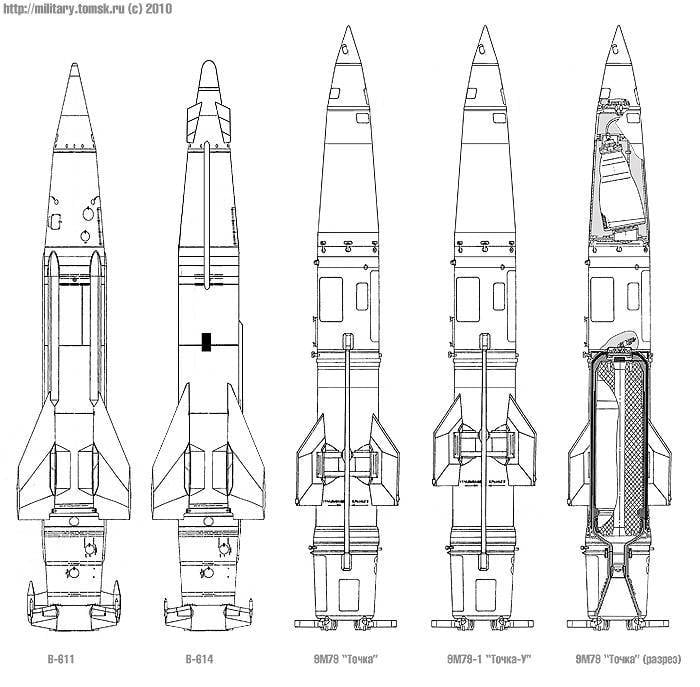
In addition to the rocket and self-propelled launcher, the 9Т128 transport-charging vehicle based on the BAZ-5922 Bryansk chassis was included in the Tochka complex. In the cargo hold of this machine there are two lodgements for missiles with heat shields for combat units. Loading of rockets into the transport-charging machine and installation on the launch guide is carried out with the help of a crane, which is equipped with 9Т128. If necessary, the missiles can be stored in the cargo compartment of the transport-charging vehicle, but for long-term storage it is recommended to use special metal transport containers. For transportation of missiles or combat units in containers, 9Т222 or 9Т238 transport vehicles are used, which are a truck tractor with a semi-trailer. On one semi-trailer, you can place two missiles or four combat units.
In 1983, the Tochka-R complex was commissioned. It differed from the base complex only with a rocket with a new guidance system. The 9H79 guidance system was combined with the passive radar homing head with the 9М915 rocket unit. It is capable of capturing a radiating target at a distance of about 15 kilometers, after which a rocket is aimed at it using standard control systems. The Tochka-R complex retained the possibility of using missiles with a standard inertial guidance system.
In 1984, work began on the modernization of the complex "Tochka" in order to improve its characteristics. The tests of the renewed 9K79-1 "Tochka-U" complex began in the summer of 1986. In 1989, it was put into service and put into mass production. During the modernization, the combat vehicle of the complex underwent some changes, primarily related to the rocket upgrade. As a result, the total mass of the self-propelled launcher 9P129-1, and then 9P129-1М increased by 200-250 kilograms. The 9М79-1 rocket, while upgrading, received a new engine with a fuel charge of 1000 kilograms. The use of a more efficient fuel mixture made it possible to increase the range to 120 kilometers.
Shortly before the modernization, the Tochka complex received new types of missiles and combat units. Thus, at present, "Tochka-U" can operate the following guided ballistic ammunition:
- 9М79. The basic model of the rocket, which appeared together with the complex itself;
- 9М79М. The first modernization of the rocket. The changes affected mainly the technological part of production. In addition, compatibility with the new passive radar homing head is ensured. In this case, the rocket is called 9M79P;
- 9М79-1. Missile complex "Tochka-U" with increased flight range;
-9М79-ГВМ, 9М79М-ГВМ, 9М79-УТ, etc. Mass-dimensional and training layouts of combat missiles. Produced with extensive use of their parts, but part of the units, such as a fuel block, squib, etc. replaced by simulators.
The nomenclature of combat units for missiles "Point" is as follows:
- 9H123. High-explosive fragmentation warhead concentrated action. Developed with the rocket 9М79 in the late sixties. Carries 162,5 kilogram of TNT-hexogen mixture and 14,5 thousand semi-finished fragments. Warheads 9H123 in the explosion scatters fragments of three types: six thousand pieces weighing about 20 grams, four thousand ten-gram and 4,5 thousands of damaging elements weighing about five and a half grams. Fragments hit targets on an area of up to three hectares. Also worth noting is the layout of this warhead. For uniform destruction of the area, due to the inclination of the last part of the rocket’s flight path, the explosive charge unit is located at an angle to the axis of the warhead;
- 9H123K. Fragment warhead with 50 submunitions. Each of them is a fragmentation element weighing a kilogram in 7,45, about one and a half of which falls on an explosive. Each submunition scatters fragments over a relatively small area of 316, but thanks to the disclosure of the cassette at an altitude of about 2200-2250 meters, one combat unit of 9H123K is capable of sowing up to seven hectares of fragments. Submunitions stabilize in the fall of band parachutes;
- Nuclear warheads of 9H39 models with a 10 kiloton capacity and 9H64 with a minimum 100 CT power (according to other data, up to 200 CT). To the index of missiles equipped with nuclear warheads, the letter “B” and the corresponding figure were added. So, the 9H39 warhead was used on the 9М79Б rocket, and 9Н64 - on the 9М79Б1;
- Chemical warheads 9Н123Г and 9Н123Г2-1. Both combat units carry 65 submunitions filled with poisonous substances, V-gas and soman, respectively. The total mass of substances was 60 kilogram for the 9H123Г combat unit and 50 for 9Н123Г2-1. According to different sources, the total number of produced chemical warheads does not exceed several dozen. To date, most chemical warheads have been disposed of or are being prepared for destruction;
- Training headquarters, designed for training personnel to work with combat units equipped with a real warhead. Training blocks have the same designations as the battle, but with letters "UT".
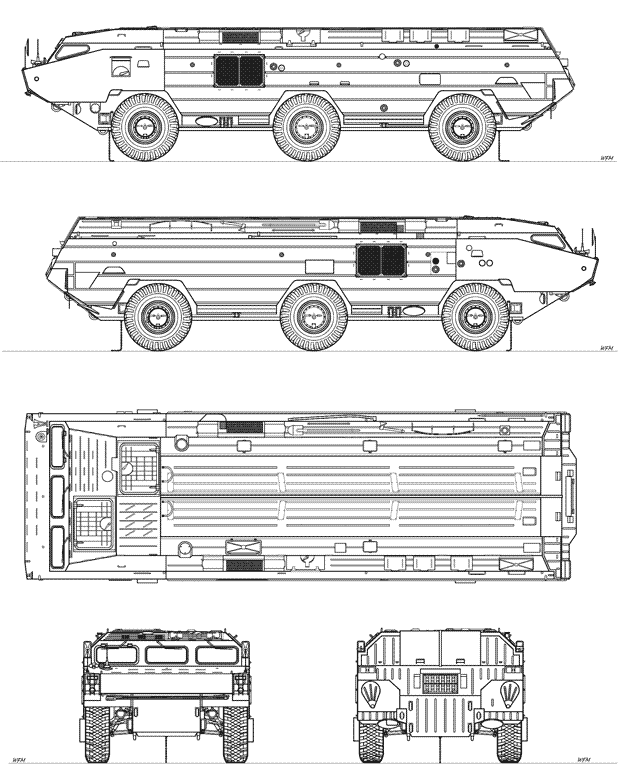
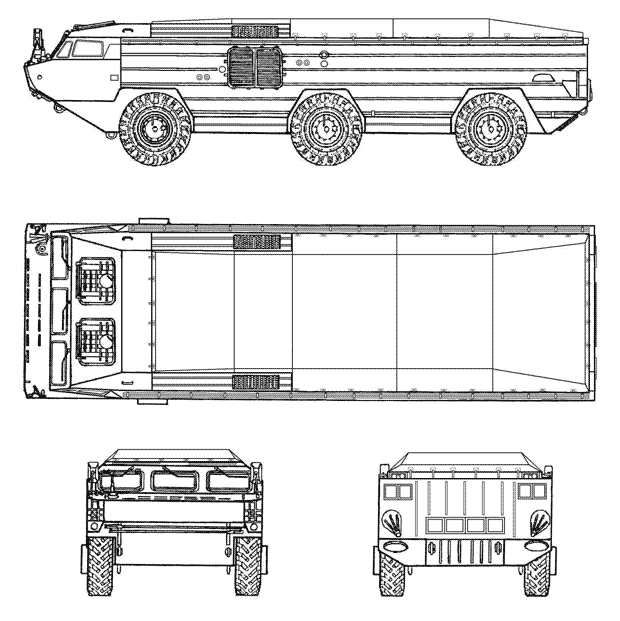
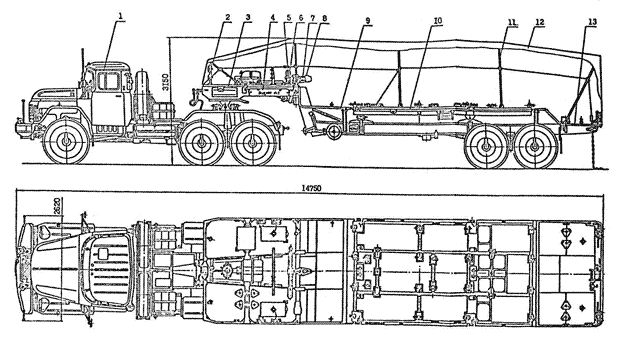
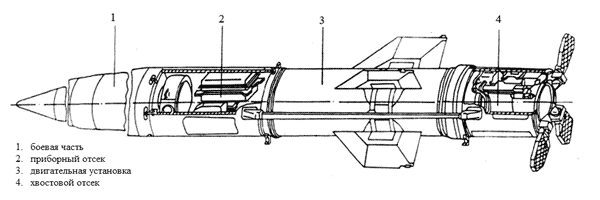
Rocket systems "Point" began to arrive in the army already in 1976 year. In just a few years, the first such systems went to serve in bases located in the territory of the GDR. After the withdrawal of Soviet troops from Germany, all the "Tochka" and "Tochka-U" complexes, due to the military-political situation, were concentrated in the European part of the country. By the time of the collapse of the Soviet Union, the total number of “Points” of all modifications was close to three hundred. In 1993, these tactical missile systems were shown to a foreign public, and this demonstration had the appearance of real combat work. During the very first exhibition of weapons and military equipment IDEX (Abu Dhabi, United Arab Emirates), Russian rocket engineers conducted five launches of the Tochka-U missile and hit conditional targets with a maximum deviation of no more than 45-50 meters.
Later, during the first war in Chechnya, a certain amount of “Points” was actively used in the shelling of militant positions. Rocket systems of this type worked during the second Chechen war, in 1999 and 2000. According to various sources, at least a hundred and fifty missiles with high-explosive fragmentation warheads were spent during the two Caucasian conflicts. Confirmed information on the use of cluster warheads and other types of warheads is missing. The most recent combat use of the Tochka family complexes refers to the “War of the Three Eights” in August 2008. Foreign sources talk about 10-15 rocket launches on Georgian positions and objects.
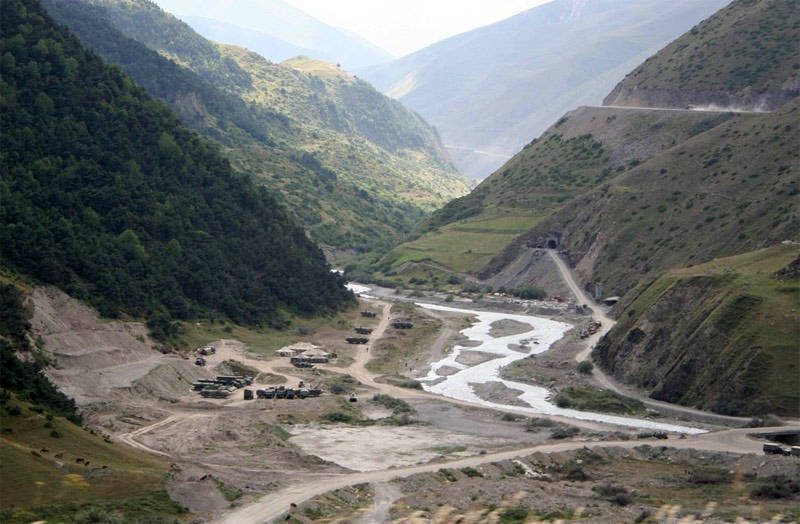
In addition to Russia, other countries, first of all, the former Soviet republics, possess the Tochka missile systems. A certain number of self-propelled launchers, auxiliary equipment and missiles remained in Belarus, Ukraine, Kazakhstan, Armenia and Azerbaijan. In addition, some of these countries bought or sold the remaining "Points", including each other. Outside the borders of the former USSR, Tochka missiles are owned by Bulgaria (from a few to a few dozen), Hungary, Iraq, North Korea and some other countries. There is an opinion that the designers of the DPRK have carefully studied the delivered Tochka complexes and, on their basis, created their own rocket system, KN-2 Toska (Viper).
Currently, the Russian armed forces have no more than 150 9P129 combat vehicles and its modifications, as well as other equipment of the Tochka, Tochka-R and Tochka-U complexes. Several years ago, rumors about the possible commencement of work on the modernization of missile systems appeared as a result of enviable regularity, as a result of which they could significantly increase their combat capabilities. Even the name of such a modernization appeared - “Tochka-M”. However, by the end of the last decade, the leaders of the Ministry of Defense decided to abandon the development of the Tochka complex in favor of a newer and more promising 9K720 Iskander. Thus, the existing systems of the “Tochka” family will serve until the expiration of the service life and the exhaustion of the existing stock of missiles. Over time, they will finish their service and give way to newer tactical missile systems.
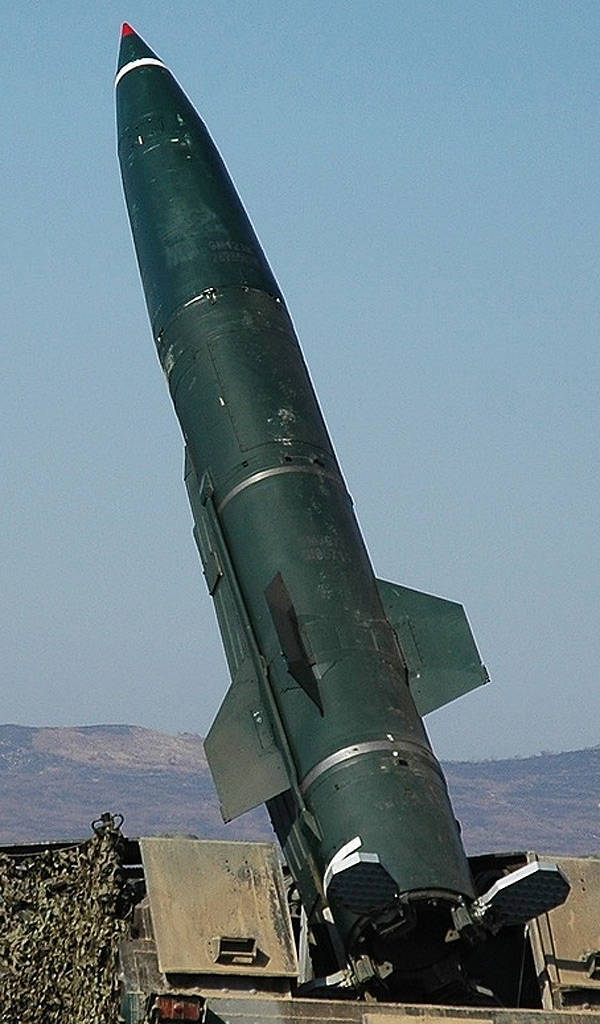
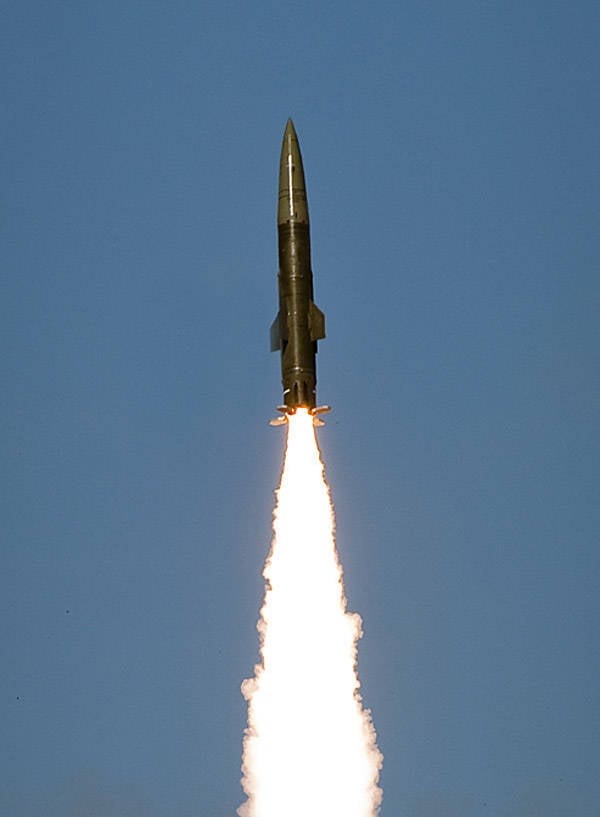
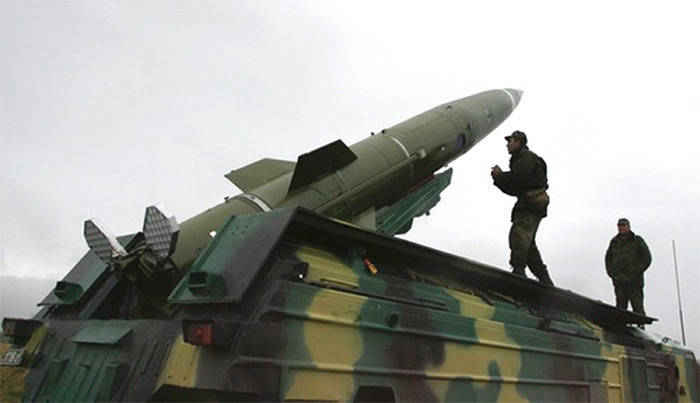
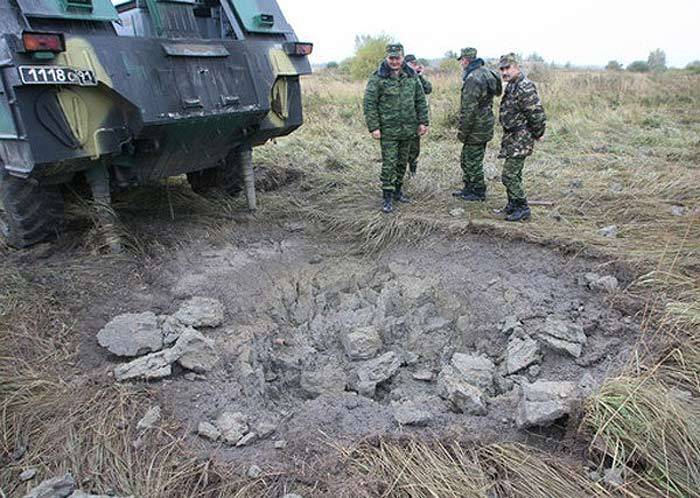
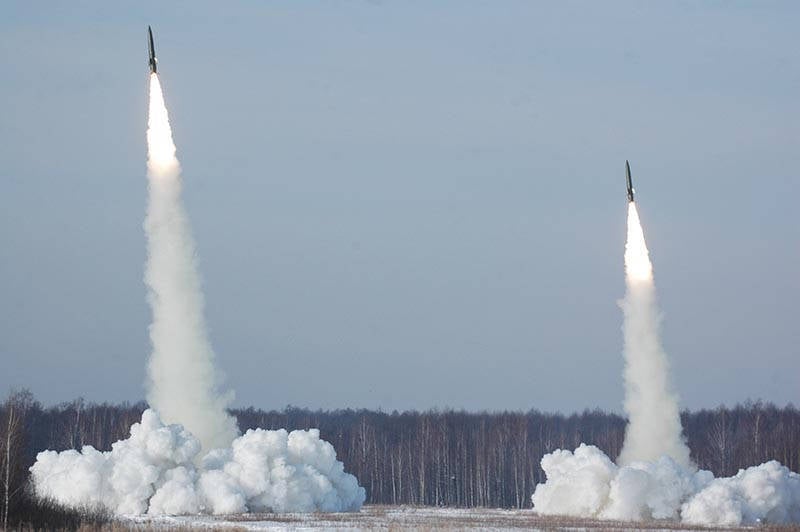
On the materials of the sites:
http://rbase.new-factoria.ru/
http://kap-yar.ru/
http://arms-expo.ru/
http://русская-сила.рф/
http://militaryrussia.ru/blog/topic-191.html
- Ryabov Kirill
- http://militaryrussia.ru
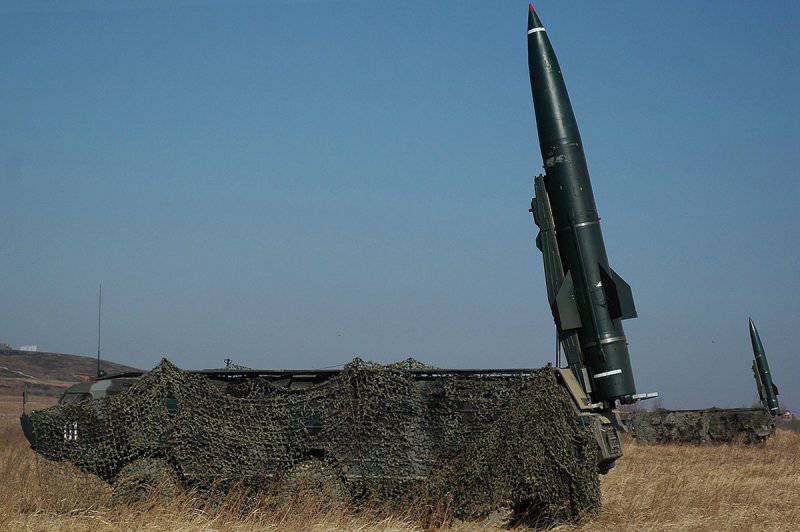
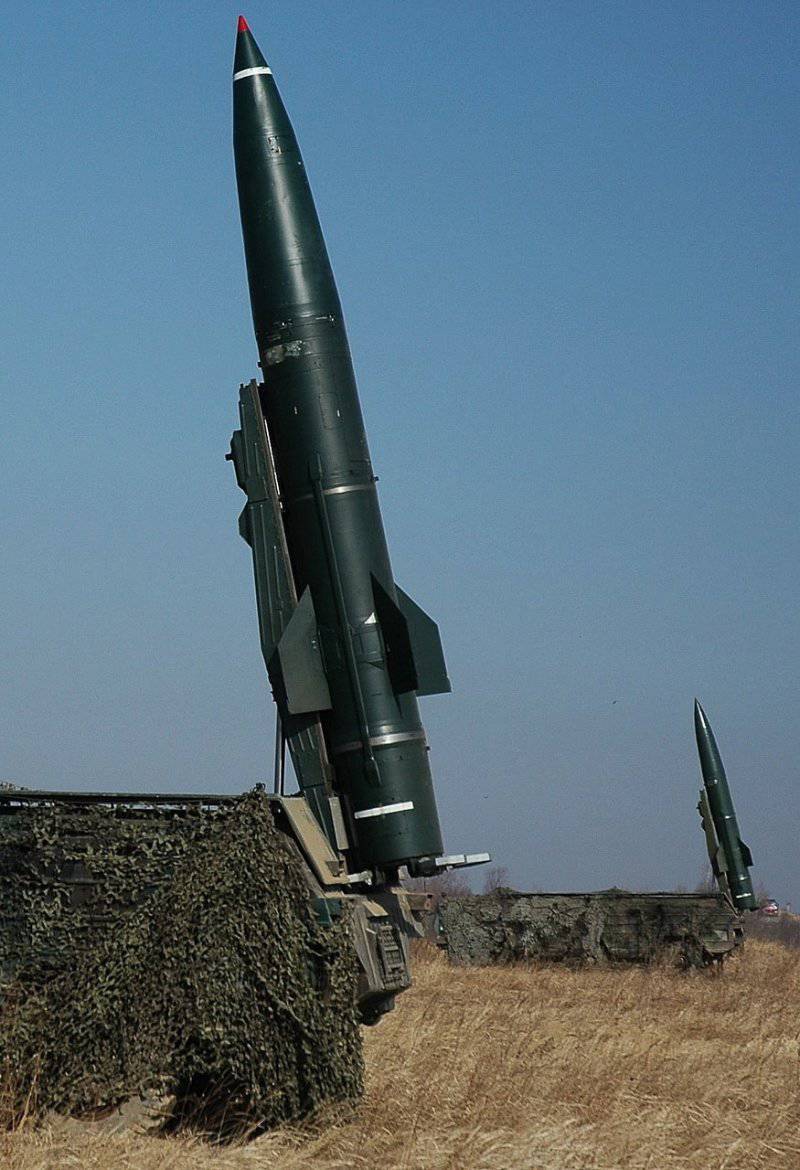
Information